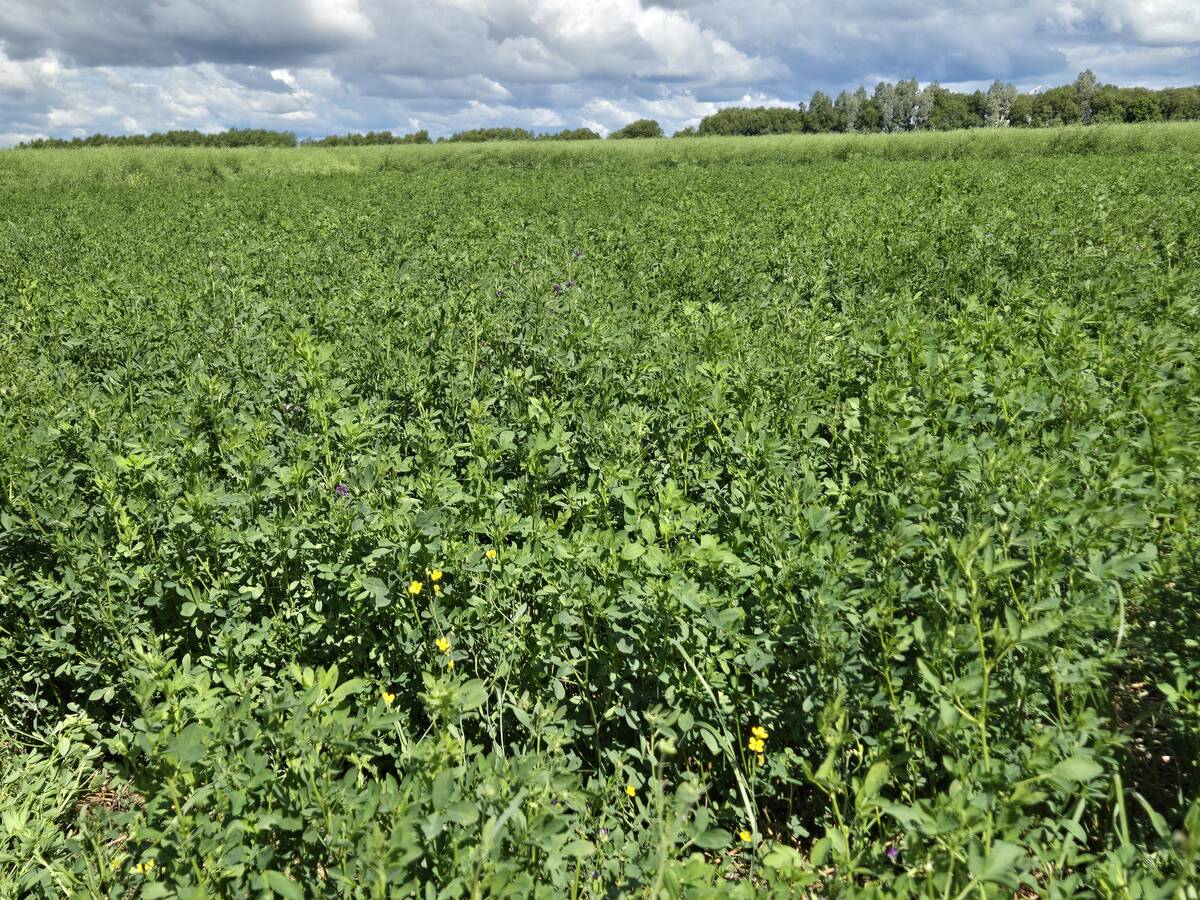HONG KONG — Canadian agriculture marketers needs to set aside their preoccupation with North American markets and diversify, said agriculture minister Ralph Goodale.
“The North American market is big, close and familiar,” he said. “We should be focussing on other parts of the world that are less familiar.”
And the top prospect among those less familiar markets is the Asia Pacific region — China, Hong Kong and South
Korea.
Increasing exports
Agriculture Canada has set a goal of increasing agri-food exports by 50 percent, from $13 billion to $20 billion by the end of the century, he said. “It is going to take a massive all-out effort to achieve that goal.”
Read Also

Manitoba Parkland research station grapples with dry year
Drought conditions in northwestern Manitoba have forced researchers at the Parkland Crop Diversification Foundation to terminate some projects and reseed others.
The first step was signing the new world trade agreement in Marrakech, Morocco in April.
But, Goodale said, it’s one thing to have a trade deal, but another to take advantage of it.
Less than two days later, Goodale was leading a trade delegation of Canadian agri-business leaders on a two-week trade mission through South Korea, China and Hong Kong. At the same time Gov. Gen. Ray Hnatyshyn was on a state visit to each of these countries.
Reaching that $20 billion goal will be impossible unless Canada has more success in selling into the Asia-Pacific region — “the fastest growing economic region on the face of the earth.”
China’s gross domestic product is growing at about 12 percent a year. Koreans are grumbling about seven percent growth.
Altogether, China, Hong Kong (which is a gateway to South China) and South Korea imported $20 billion of agri-food products in 1993. The Canadian share of that market was $1 billion.
Getting a bigger market share in Asia Pacific countries means turning around the attitude that we should sell whatever we produce,
Goodale said.
For instance, about 85 percent of what Canada sold to Korea was bulk commodities — mostly feed wheat.
“We should produce what we can sell,” said Goodale. “(That means) focussing on the art of marketing as well as a talent for producing.”
That approach is especially important in Hong Kong and South China, where brand competition from other exporters is tougher and consumers are more affluent.
Part of that effort includes getting better market intelligence back to businesses in Canada.
Goodale said the new market and industry services branch of Agriculture Canada in Ottawa was set-up to accomplish that goal.
New specialists
Five new agri-food specialists will be working at Canadian embassies and commissions in Seoul, South Korea; Taipei, Taiwan; Osaka, Japan; Singapore and Mexico City.
An economic development officer has also been stationed in Hong Kong.
Goodale reiterated in Hong Kong, as he had throughout the trip, that Canada was interested in buying from — as well as selling to — these Asian tigers.
But he said: “The whole thrust of this economic trade mission is improving the economic growth in Canada.”
















